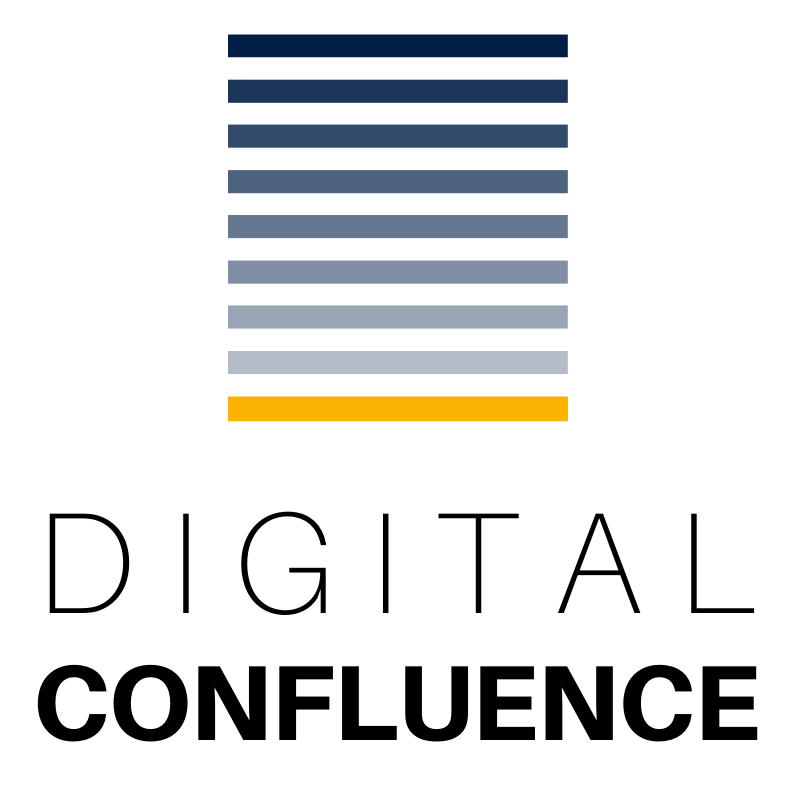
A Small Business Owner's Guide to Engaging Their Audience
Written by Rowena Morais
If you do not creat valuable content for your website and/or social media, then generally, you are missing out on one of the most powerful tools for business growth.
As a small business owner armed with a website and social media presence, you may be wondering how to generate more interest in your business and remain relevant to your target audience. An effective way to do this is by developing content regularly. This content should be published on your website and shared on your social media.
Why should you write content?
Your content strategy should aim to achieve several goals.
Solve your target audience’s problem
Put yourself in your reader’s shoes because they may be experiencing pain, doubt, or confusion about an issue they face.
Present your ideas confidently so that your reader comes away more knowledgeable about the topic, equipped with ideas to explore and strategies to try. Additionally, when your insights lead to their success, you may be viewed as an expert. Your reader may even share their positive experience with others.
Establish your expertise and experience
It’s not enough to tell your reader what to do, you should explain why they should do it and how. Ensure they have relevant information to assess what you have shared so that they can come to their own conclusions.
Connect the dots in your reader’s mind with context and storytelling.
Engage your reader. Allow them to understand who you are and the value you bring. Once you provide a glimpse of your knowledge, they may be eager to learn more. This then positions you as a knowledgeable and trustworthy specialist.
“Think of it this way – if someone encounters your business for the first time, you have nothing to lose and everything to gain by sharing information openly.”
Some may worry about sharing too much expertise freely.
Educate, inform, and inspire
However, you have years of experience and knowledge, much of which lies hidden. Sharing your insights and experiences can, therefore, help you build credibility in a distracted and busy marketplace.
Keep your audience engaged and wanting more
Informative content encourages interaction and engagement, keeping your audience invested in learning more about your brand and business.
Once your reader is hooked on what you have to offer, your brand can remain top-of-mind, which is crucial for encouraging repeat business.
Differentiate in a way that resonates
Many competitors focus on promoting services and products, which is natural.
However, offering unique, educational content that helps others can truly set you apart in a positive way.
This is the value of content marketing: creating educational, inspiring, and informative content that you make freely accessible to anyone.
What kind of content should you write about?
Now that you understand why good content is essential, let’s look at what that content should look like.
Write about what you know. Focus on topics that align with your business and clarify your offerings. After identifying your target audience and their key concerns, write to solve their problems, big or small. Write to clarify and to provide support.
What might your content look like?
If you are a full-service communications consultancy, you might discuss the role of communications and explain what motivated reasoning is. For example, see the recent article by Amy Arbery from Elm Communications, Motivated reasoning and elections – how clever communications can help.
If you’re a pool business owner navigating a recession, you might decide to get creative in your solutions. This is the story of Marcus Sheridan and his pool company, River Pools, which drove more traffic to its blog posts than any other pool company site in the world.
How often should you write relevant and useful content?
There is plenty of advice available about scheduling your posts and the best time to publish.
Do what works for you.
You have bigger issues to resolve than worrying whether 2.30PM on a Tuesday is the optimal time to post fresh content.
The goal here is consistency. Create an expectation that you can meet. Be clear in your profile about who you are, what you care about, and exactly how you create value for others.
Who do you write for?
This brings us to your audience.
You’re not looking to appeal to everyone; you want to connect with your target audience. The sooner you establish who you are and who your target audience is, the better.
Bottom line: identify your target audience and write to solve their problems as effectively as you can.
Where should you publish your content?
I have often encountered small businesses that use their social media as their primary marketing vehicle for their products and services.
It is vital to maintain a digital presence through a website because it provides more room and flexibility in how you present your business.
Remember, your audience experiences you on social media alongside hundreds of other posts. This means your content can be ignored, forgotten, or missed, and your message may also be misconstrued.
On a website, you choose how you present information to your audience and control the flow. Create a larger canvas to spread out your ideas and present the best possible version of yourself and your business.
Use social media to drive traffic to your website, where your audience can access all of your content.
Think of social media as the taster and the website as the full gastronomic experience. When they arrive curious, hungry, and wanting more, you can satisfy them with a smörgåsbord.
How do you begin writing good content?
Think of your writing as a way to connect with your audience.
How can you show others what you have to offer? How can you help readers understand the work you do and why it matters?
Formats to Explore
There are many formats you can explore. You could write a short article or create a series of short posts. You might tell a story, develop a case study, or craft an infographic. Some content can be made available as pages on your website, such as descriptions of your services. Other content could be developed as blog posts, including advice, case studies or how-to pieces.
Content May Be Repurposed
It’s important to remember that your raw data can be converted into multiple formats and published.
Let’s say that you speak at a conference and that you have prepared a deck to support your presentation. A media outlet has also reached out to interview you prior to the conference.
Examples of Repurposed Content
Here are several ways you can create and repurpose the content you create for your presentation:
- In the lead-up to the conference itself, you could write a series of posts touching on the topic you will present.
- After the conference, you can choose to make your presentation publicly available.
- You could take the essence of your presentation and convert that content into an article you publish on your website.
- When the media outlet publishes the interview, you can share a link to that piece on your social media.
- You can also choose to create a set of visuals in the form of a carousel post which can link to the article you have published.
- If you have a podcast, you could convert the article into an audio format.
What do you need to remember?
Content can be and should be repurposed so that it is available in multiple formats to suit the preferences of different audiences.
Some may prefer to watch videos and others may choose to read. By making our content more accessible in multiple formats, we meet our audiences where they are. Additionally, this can reduce some of the pressure around continually finding new content to create.
Remember: creating valuable content tailored specifically for your target audience is one of the most powerful tools you have for growing your business.
#marketing #communication #SmallBusinessOwner #SMEsuccess
